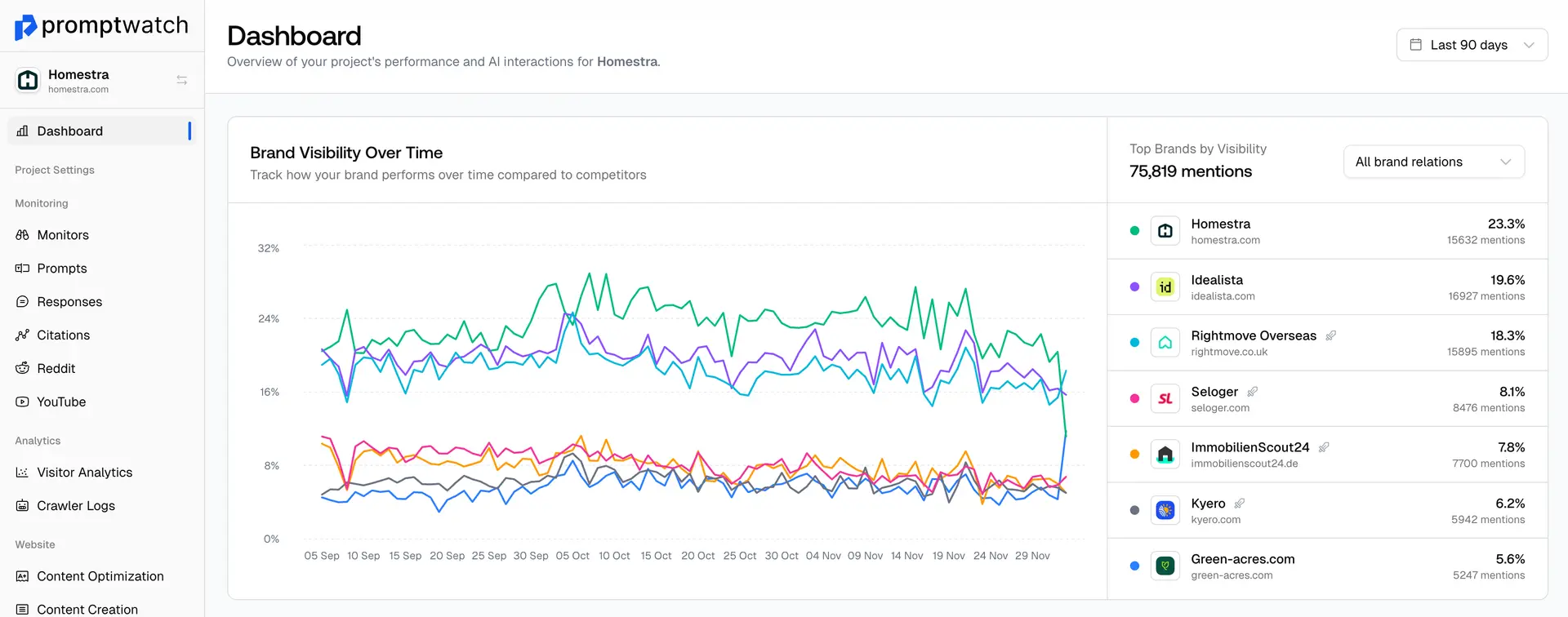Definition
Mobile-First Indexing is Google's approach to crawling, indexing, and ranking web pages where the search engine primarily uses the mobile version of a website's content to understand and rank pages in search results. Implemented as the default for all websites since 2021, this shift reflects the reality that most users now access the internet via mobile devices.
Under mobile-first indexing, Google's crawlers (Googlebot) primarily crawl and index the mobile version of websites, meaning the mobile version becomes the primary version considered for ranking purposes. This fundamental change requires websites to ensure their mobile versions contain all important content, structured data, metadata, and functionality present on desktop versions.
For AI-powered search and GEO strategies, mobile-first indexing is crucial because AI systems increasingly access and analyze the mobile versions of websites when gathering information for responses and citations. If critical content, schema markup, or structural elements are missing from mobile versions, AI systems may have difficulty understanding and citing that content.
Mobile-first optimization requires responsive design implementation, mobile page speed optimization, touch-friendly navigation and interface design, readable fonts and appropriate spacing, fast-loading images and media, and consistent content between mobile and desktop versions. Businesses must also ensure that all important SEO elements like title tags, meta descriptions, structured data, and internal linking are properly implemented on mobile versions.
Examples of Mobile-First Indexing
- An e-commerce site ensuring all product information, reviews, and purchasing functionality work seamlessly on mobile devices
- A news website implementing responsive design so articles, images, and navigation are optimized for mobile reading experiences
- A B2B service company making sure contact forms, service descriptions, and case studies are fully accessible and functional on mobile
- A restaurant ensuring their mobile site includes complete menu information, location details, and reservation capabilities for mobile users
